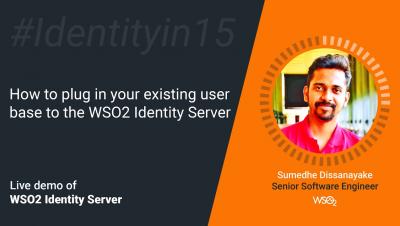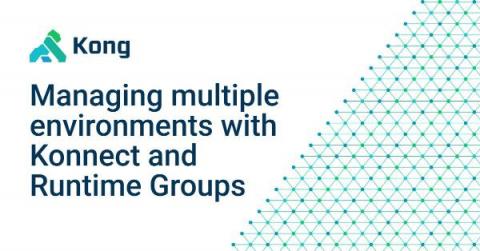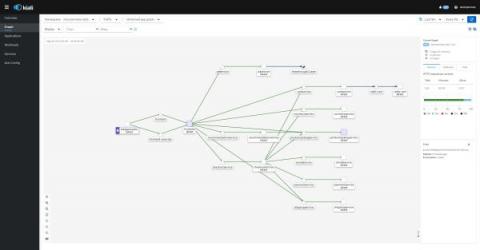Systems | Development | Analytics | API | Testing
API
Simplifying B2B CIAM Using WSO2 Identity Server 6.0
The past few years have accelerated the need for every business, irrespective of their industry of operation, to provide dynamic digital experiences. Consumers now demand digital experiences that are simple, seamless, personalized, always on, and (inherently) secure from every organization they do business with. During this journey towards digitalization, businesses have often realized that this process enables them to open themselves up towards new business opportunities and modern business models.
Simplifying Production-Scale API Management With Kong Konnect
When we first launched Kong Konnect Cloud last year, we provided developers and API owners a powerful way to secure and manage their API products powered by the world’s fastest API gateway. Users flocked to Konnect to reduce their operational costs by using our hosted runtime manager, service catalog, developer portal and analytics platform.
Managing Multiple Environments with Konnect and Runtime Groups
We’ve heard it called a million and one different things. Sometimes it’s “selective synchronization”, sometimes it’s called “environments”. What is clear though, is that there’s a real need to be able to manage multiple sets of configuration for Kong Gateway through a single interface. Today, we’re happy to announce Runtime Groups for Kong Konnect. Runtime Groups allow you to manage your configurations independently.
Running Kong Mesh and Kuma on AWS Graviton (ARM64)
== Try it yourself
🐻❄️ https://github.com/Kong/demo-scene/tree/main/mesh-on-arm
== Chapters
00:00 - cold opening
01:25 - intro
01:38 - Introducing Amazon Graviton
02:58 - Explaining Setup: EKS cluster overview
03:46 - Explaining Setup: eksctrl to provision EKS cluster
04:52 - Installing Kuma/Kong Mesh Control Plane
How To Create Company Behavior Sample Rate Rules | Dynamic Sampling | Moesif in 100 Seconds
How do you load data to REST-like APIs when there is no dedicated data destination component?
Using Open Source for API Observability
API Observability isn't exactly new, however it's popularity has seen rapid growth in the past few years in terms of popularity. API Observability using open source is different from regular API monitoring, as it allows you to get deeper and extract more valuable insights. Although it takes a bit more effort to set up, once you've got an observability infrastructure running it can be immensely helpful not only in catching errors and making debugging easier, but also in finding areas that can be optimized.











